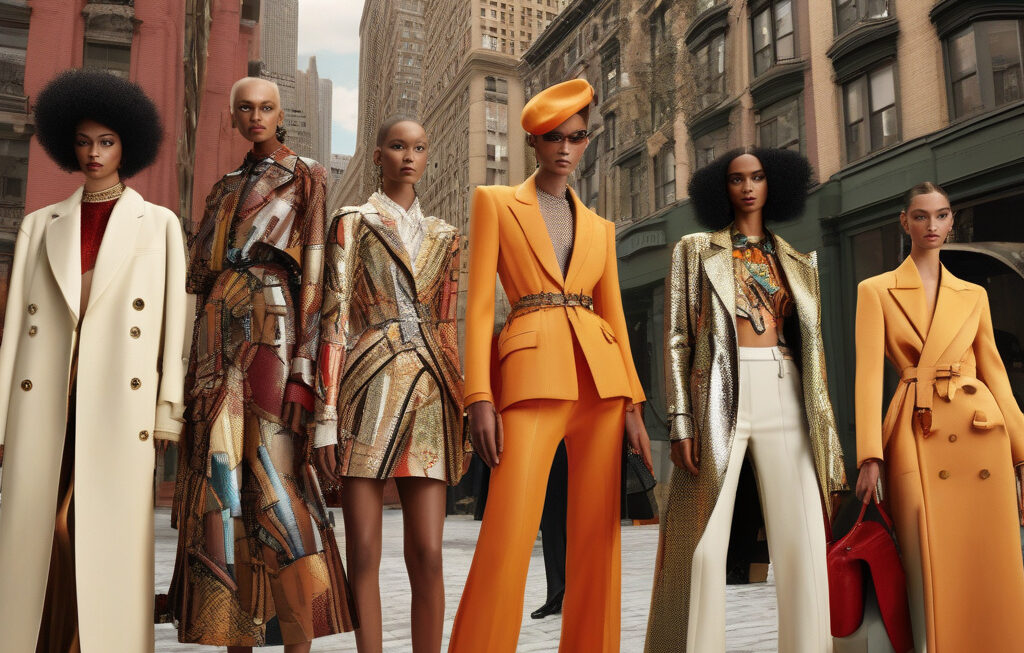Fashion Industry: Adapting to the Rising Temperatures
As the world experiences more frequent and intense heatwaves, the fashion industry is faced with a significant challenge. Weather extremes, such as the recent sizzling heatwaves that engulfed Europe and the US, are not just a concern for environmentalists and meteorologists; they pose a growing threat to businesses across various sectors. However, in a somewhat surprising stance, major fashion brands have indicated in their recently released investor reports that they do not view climate change as a material risk in the near term. So, how exactly does the fashion industry plan to handle the heat?
Despite the fashion industry’s apparent confidence in its ability to weather the storm, the reality of climate change cannot be ignored. With temperatures rising globally and extreme weather events becoming more common, businesses in all sectors, including fashion, need to start taking proactive measures to adapt to the changing climate. From sustainable sourcing practices to eco-friendly manufacturing processes, there are several ways in which the fashion industry can mitigate the impact of climate change on its operations.
One of the key strategies that fashion brands can adopt to address the challenges posed by climate change is to embrace sustainable and environmentally friendly practices throughout their supply chain. This includes using organic and recycled materials, reducing water and energy consumption, and minimizing waste generation. By prioritizing sustainability, fashion brands can not only reduce their carbon footprint but also appeal to an increasingly eco-conscious consumer base.
In addition to adopting sustainable practices, fashion brands can also invest in research and development to create innovative materials that are more resistant to extreme temperatures. For example, fabric technologies that offer better breathability and moisture-wicking properties can help consumers stay cool and comfortable during heatwaves. By leveraging cutting-edge technologies, fashion brands can stay ahead of the curve and meet the evolving needs of consumers in a changing climate.
Furthermore, collaboration and knowledge sharing within the fashion industry can play a crucial role in addressing the challenges of climate change. By partnering with other stakeholders, such as suppliers, manufacturers, and policymakers, fashion brands can work together to develop comprehensive strategies for building resilience to climate-related risks. Sharing best practices and lessons learned can help the industry as a whole adapt more effectively to the impacts of global warming.
While it is encouraging to see the fashion industry beginning to take steps towards addressing the challenges of climate change, there is still much work to be done. As temperatures continue to rise and extreme weather events become more frequent, it is essential for fashion brands to prioritize sustainability, innovation, and collaboration in order to thrive in a rapidly changing world. By proactively adapting to the realities of climate change, the fashion industry can not only survive but also lead the way towards a more sustainable and resilient future.
In conclusion, while the world is indeed getting warmer, the fashion industry believes it can handle the heat. By embracing sustainable practices, investing in innovation, and fostering collaboration, fashion brands can rise to the challenge of climate change and emerge stronger and more resilient than ever before.
climatechange, fashionindustry, sustainability, innovation, collaboration












